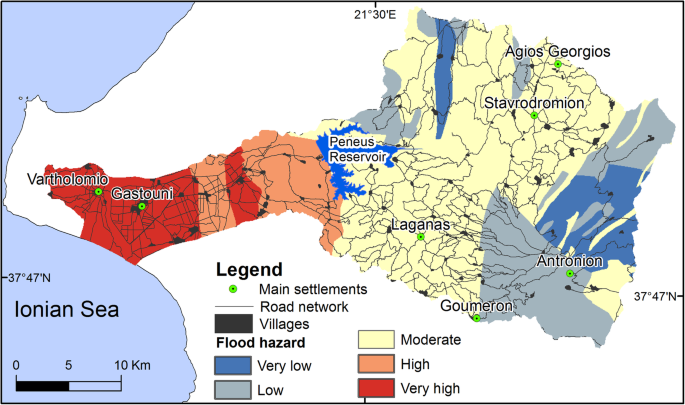Recent Trends in Climate Risk and Vulnerability Assessments

Methods Used to Operationalise and Assess Vulnerability and Risk
The majority of recent Climate Risk and Vulnerability Assessments (CVRAs) have used either quantitative or mixed methods approaches, with a very small minority using only qualitative methods to measure elements of vulnerability and risk. The vast majority of studies used index or indicator-based approaches to operationalise the concept of vulnerability (Williams et al., 2018). Of these assessments, over half did not specify the weighting criteria used for different indicators (Hagenlocher et al., 2019). When identifying indicators for the operationalisation and measurement of the vulnerability concept most CVRAs relied on previous literature or census data (Ran et al., 2020). Although only a small share of assessments have been found to use participatory methods and engage with stakeholders when identifying and weighting indicators, a recent increase in the use of these methods has been identified. Those CVRAs which did use participatory methods are typically conducted at the community-level (Windfield et al., 2019). Moreover, it has been found that the actual level of stakeholder engagement varies widely among these assessments, with those that sought to incorporate understandings of local knowledge and priorities into indicators typically displaying a high level of stakeholder engagement, whilst other assessments were found to adopt participatory methods as a tool to overcome limitations in available socioeconomic and demographic data, and displayed low levels of actual stakeholder-engagement.
Applicability of CVRAs for Decision-Making
There is limited evidence that methodological and conceptual developments in recent CVRAs have led to their increased use by decision-makers (Nguyen et al., 2021). The literature has found that the majority of assessments are focussed on identifying and assessing areas of risk, with less than half explicitly linking their findings to adaptation or risk reduction strategies with the intention of informing policy and practice (Newman et al., 2017). Moreover, only a very small percentage of CVRAs engaged with decision-makers within the assessment process to identify objectives, risk perceptions and priorities for adaptation, and it has been found that the majority of recent assessments have demonstrated only a limited consideration of adaptation policy objectives and adaptive capacity (Adger et al., 2018).
Key Gaps – What’s Missing?
A few common gaps in recent vulnerability and risk assessments were consistently identified in the literature reviews. Firstly, it has been found that only a very small percentage of assessments have validated their results (Ran et al., 2019). Secondly, that the majority of assessments do not consider indirect benefits from hazard events or side-effects and potential trade-offs from implementing risk reduction measures. A consistent recommendation identified is that CRVAs incorporate an assessment of the effectiveness of adaptation and risk reduction measures into their frameworks and better communicate the findings of the assessment to decision-makers (Curt 2020). Finally, it was found that when CVRAs did propose risk-reduction solutions, the main focus was on physical and structural solutions and ecosystem-based solutions were very rarely considered.
@prepared by Ella King
